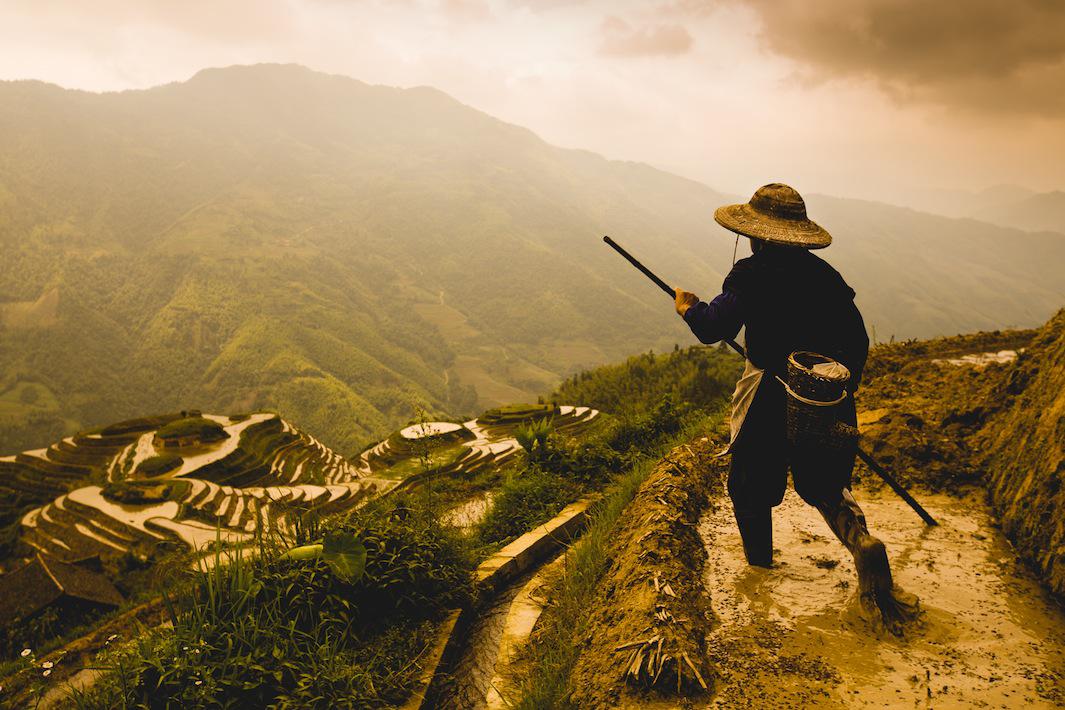Rice is a staple food for more than one-half the world’s population, but for many of its consumers, its origin is distant and mysterious. Last year, Scott Gable, a photographer who has long been interested in the industrialization of food production, decided to satiate his own curiosity by discovering the people and places behind this ubiquitous food. “The end product is a package of rice or a rice cracker or a rice snack but at the very start of it, rice is still a real food product surrounded by real people and real culture,” he said.
Gable wanted to capture every aspect of rice production: the planting, the harvesting, the factories that package and ship the food. After getting some contacts from experts at Cornell University and conducting his own research, he left for China last May and spent the next four months traveling around Asia. He visited six countries along the way and saw a range of agricultural practices, from the most up-to-date and high tech facilities to farms that still use ancient methods of hand planting and harvesting.
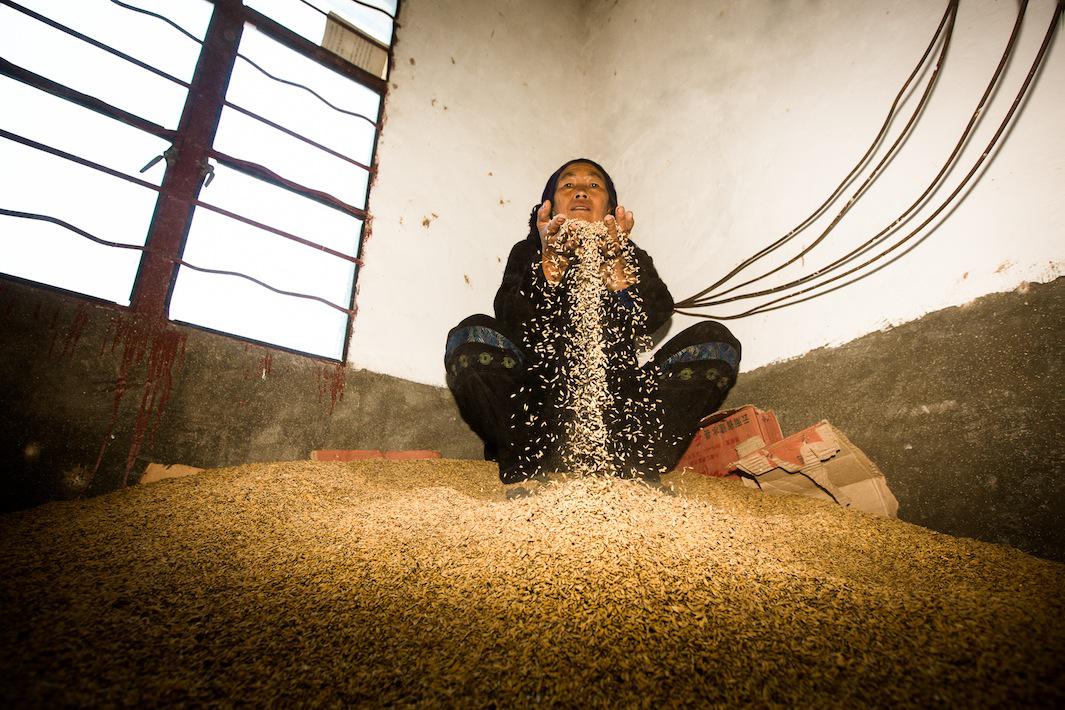
Scott Gable
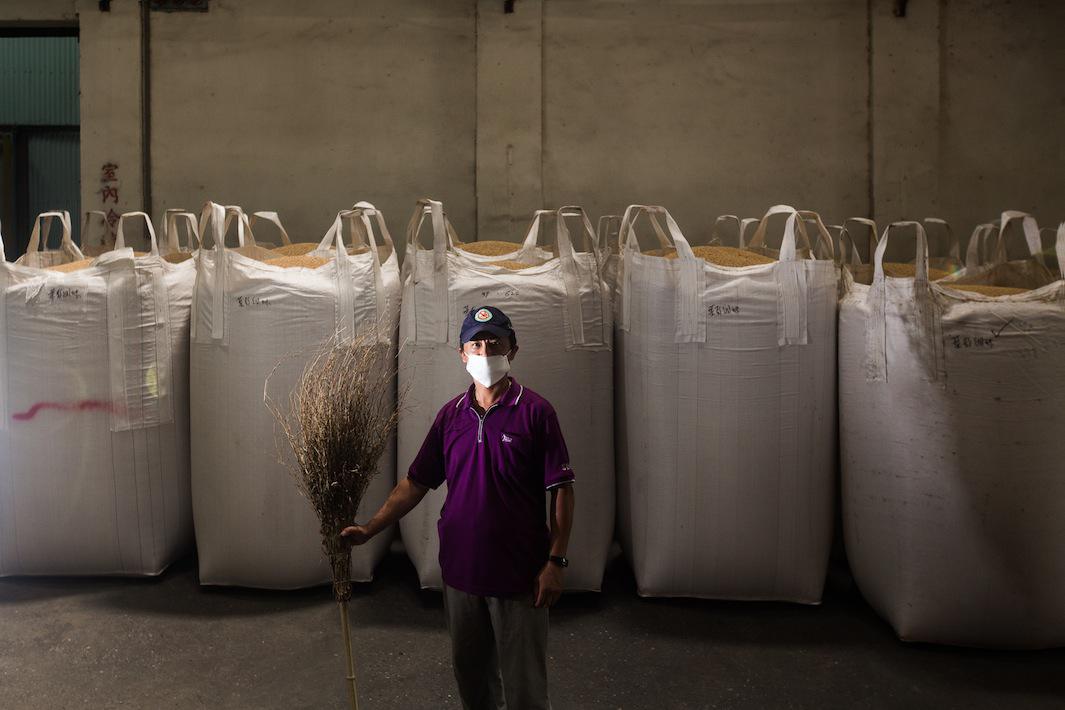
Scott Gable

Scott Gable
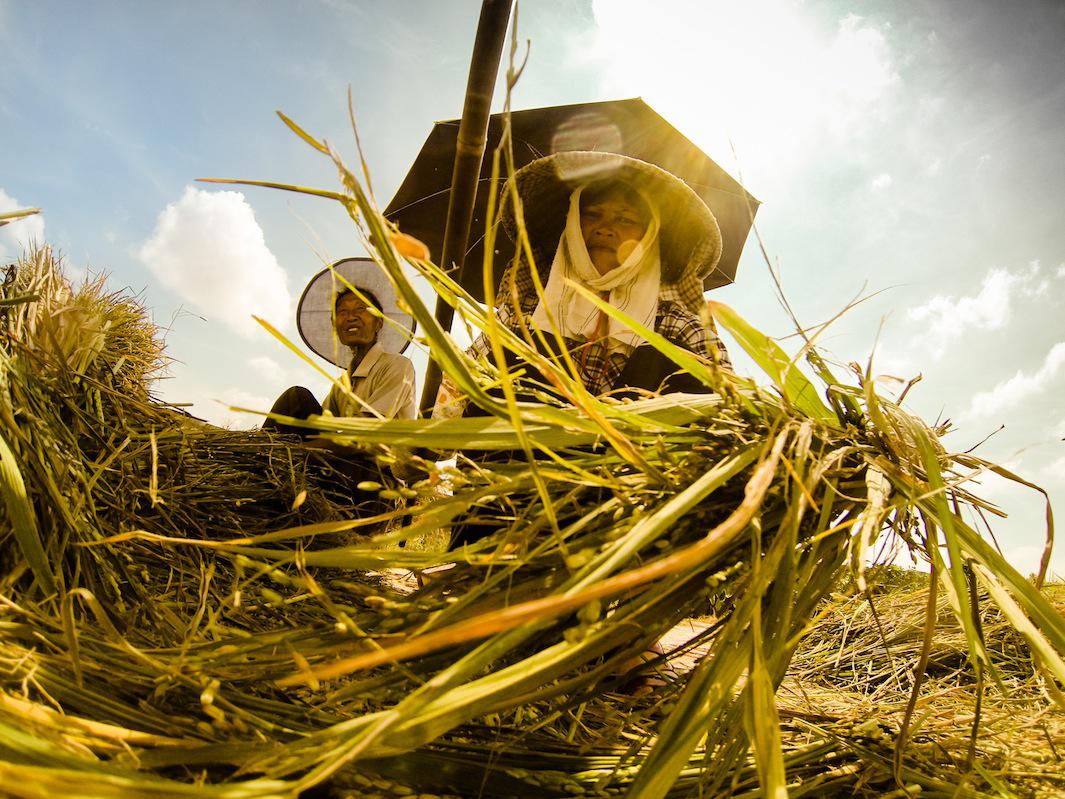
Scott Gable
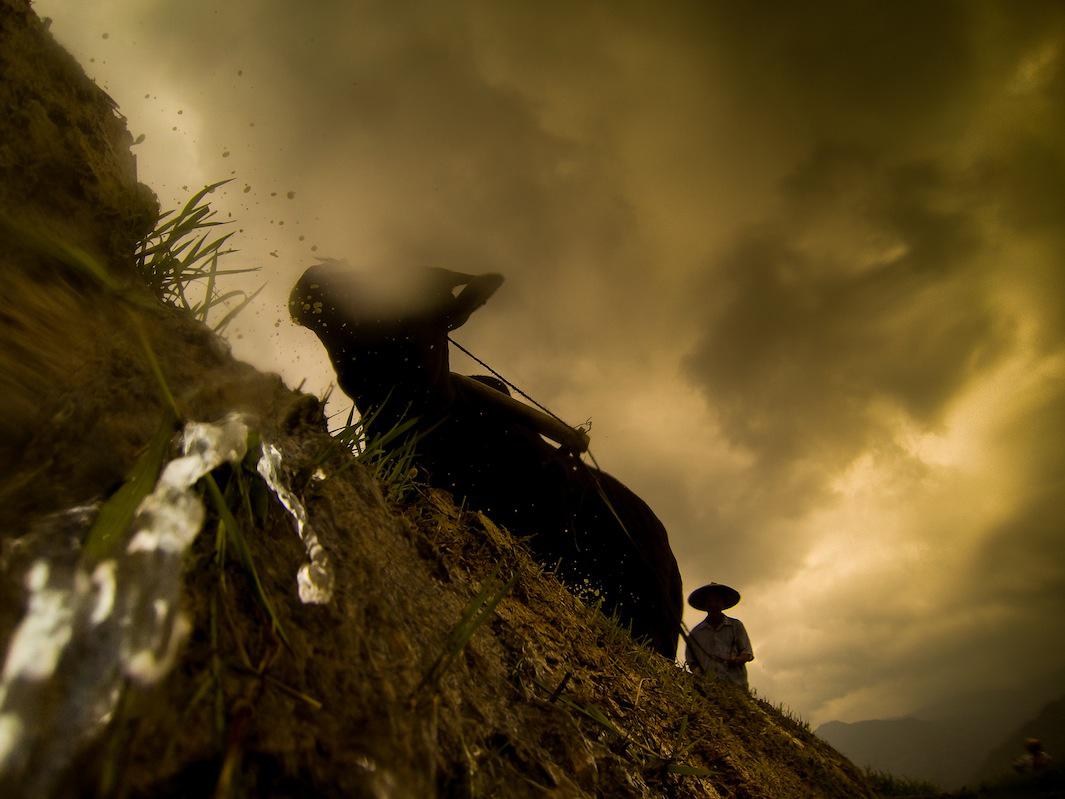
Scott Gable

Scott Gable
Gable spent several months learning Mandarin Chinese to prepare for his trip, but the language barrier still presented the largest challenge during his travels. “I had enough Chinese that I could get around in the big cities, but once I got into the highlands or mountains they don’t speak Mandarin. There are so many different languages in China. That was very difficult. There’s no iPhone translation for these dialects,” he said.
In addition to capturing the mechanics of production in fields and factories, Gable captured the cultural elements that serve an important function in the yearly rice cycle. “The festivals, the poems, and the songs are a big part of it. I didn’t really need too much translation for that. It was what it was,” he said.
Gable is already at work on a related project, a documentation of corn production. After that, he plans to do a similar exploration of wheat. The three projects together are part of his mission, as a photographer, to inspire people to think about food in a more concrete way. His experience in Asia has personally caused him to be more aware of the rice in his life. “I’m always looking at packages in the food store, staring at the ingredients on the back to see how much rice is in the product,” he said.
An exhibition of Gable’s series, “Rice,” is on display at CEPA Gallery until Aug. 20.
Correction, July 14, 2014: This post originally misspelled Yunnan Province in two photo captions.
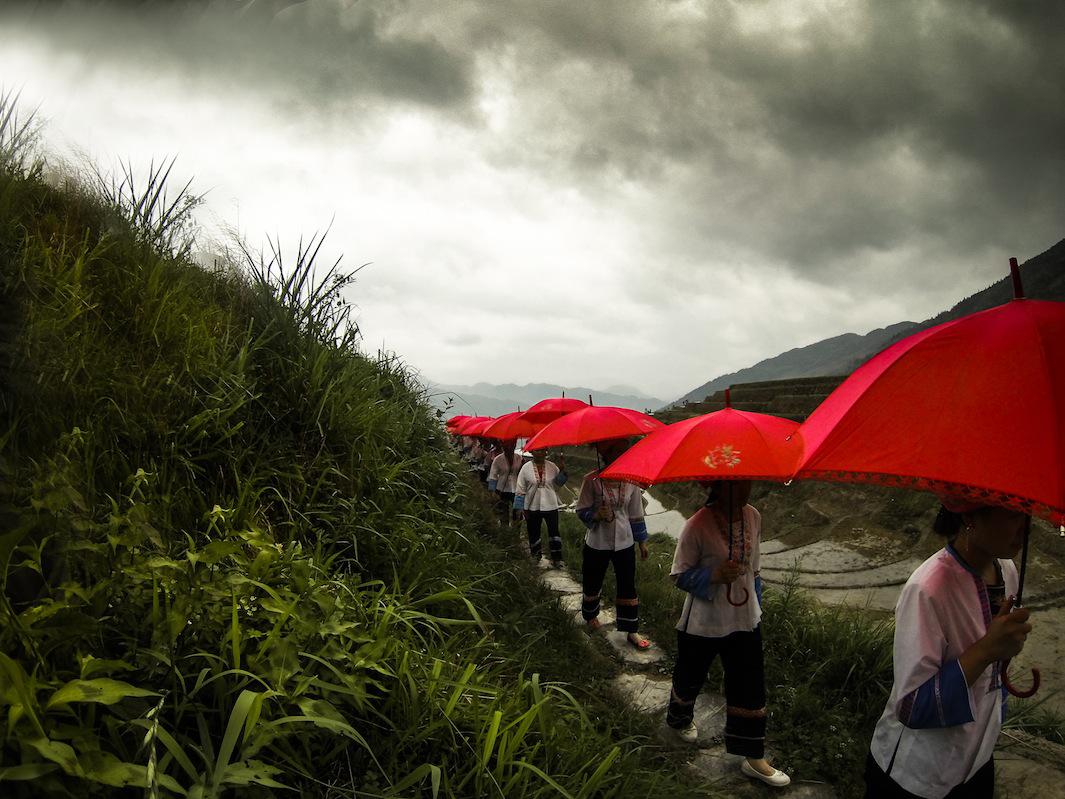
Scott Gable
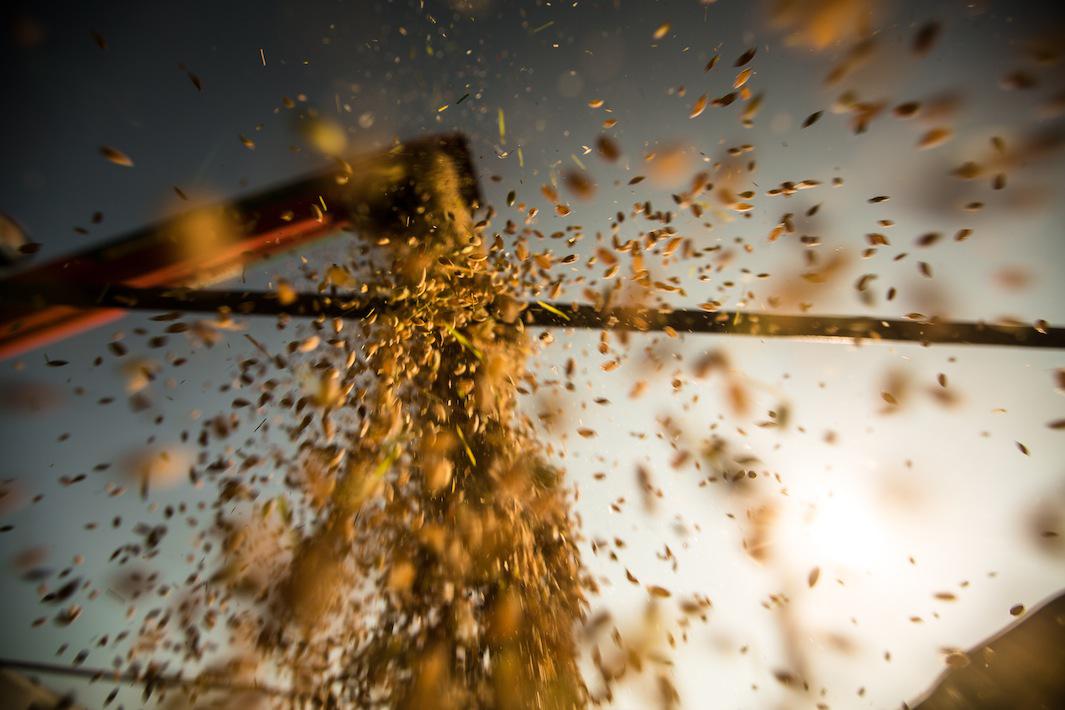
Scott Gable
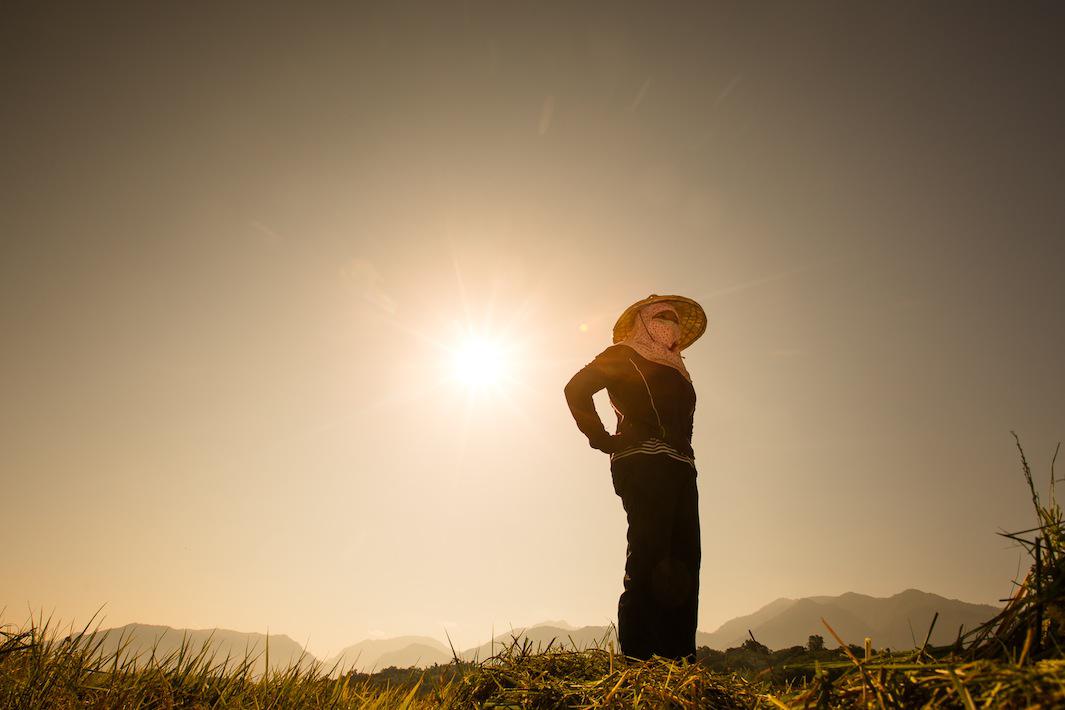
Scott Gable
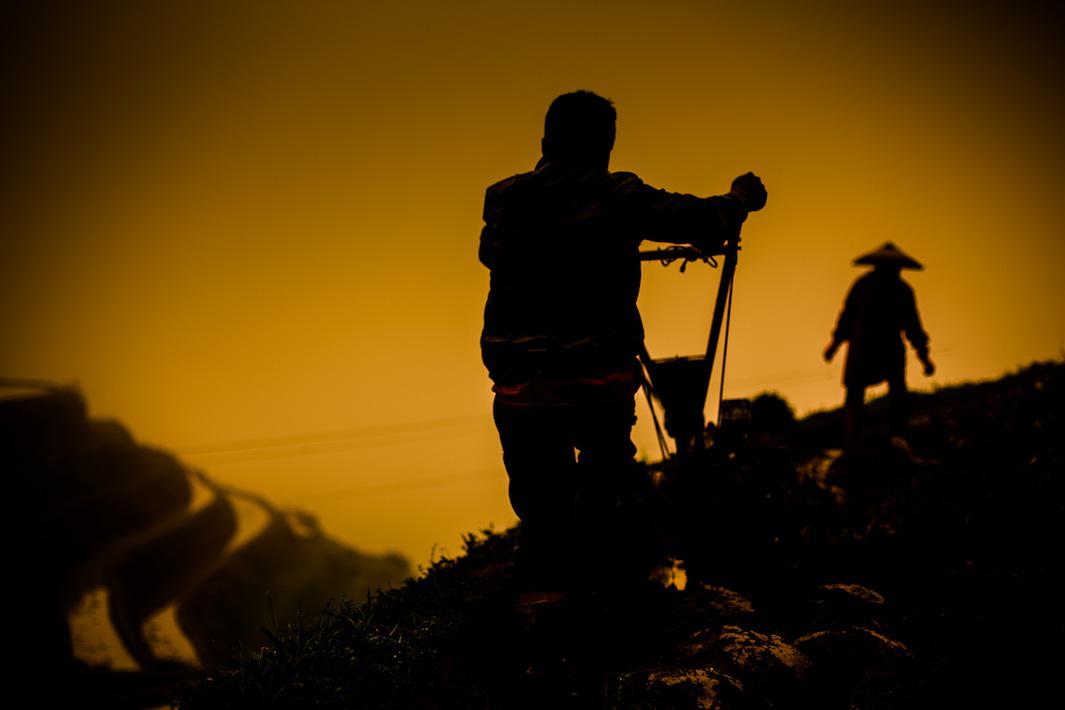
Scott Gable
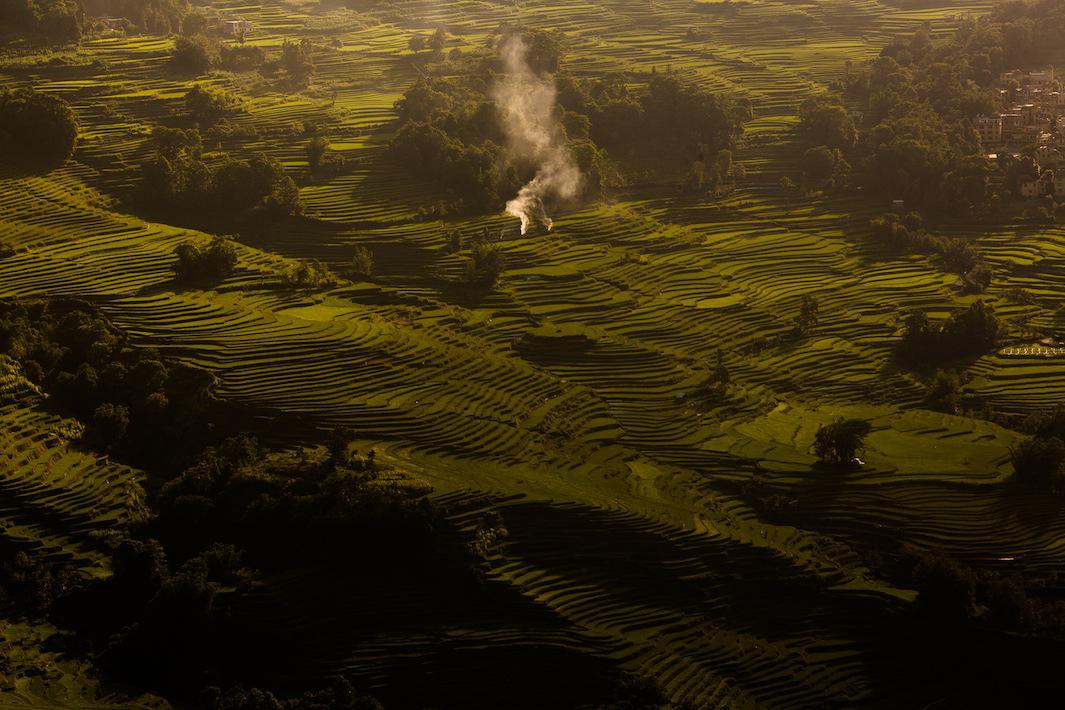
Scott Gable
